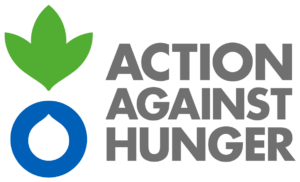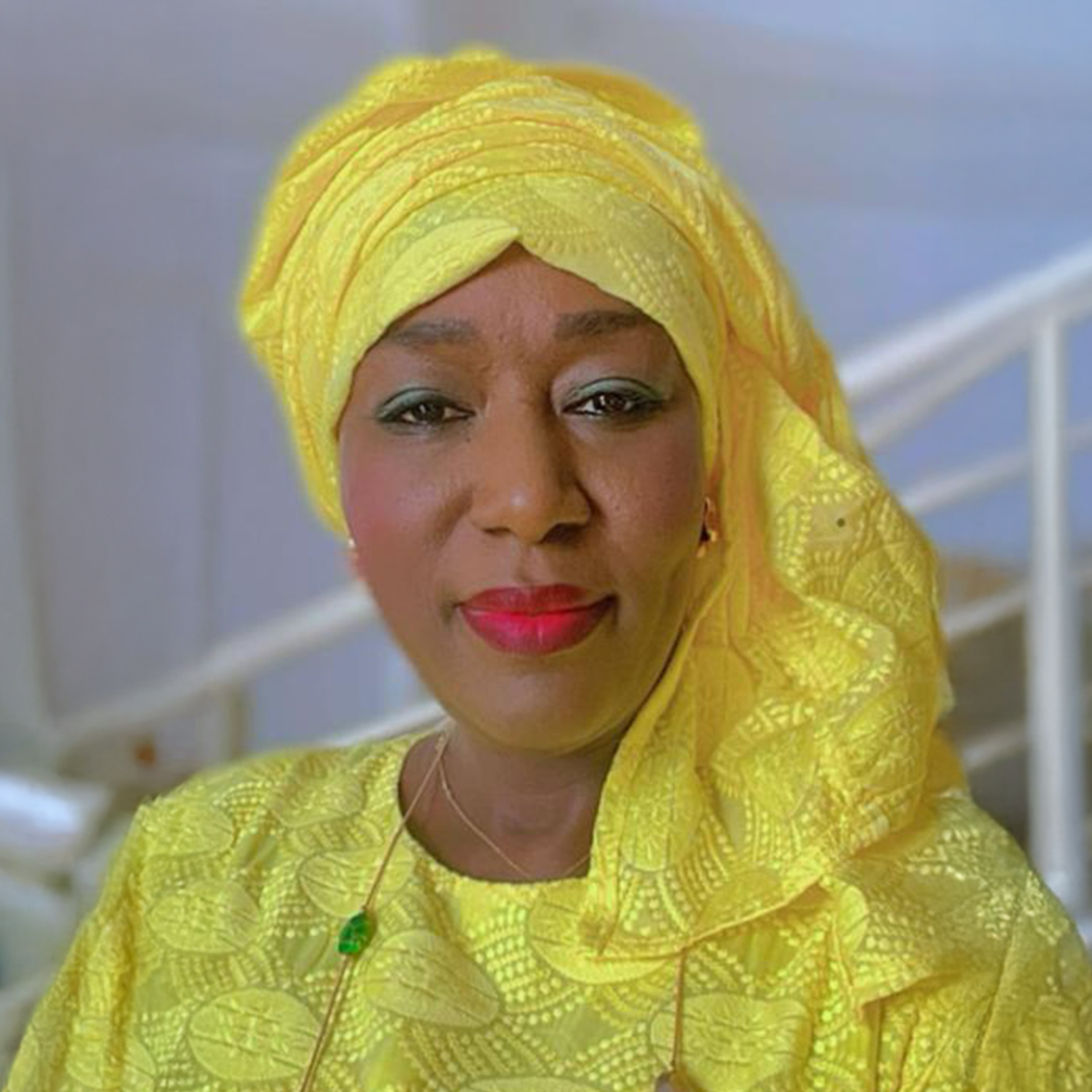Partner Voices: Impact in Action
Data drives better health outcomes—but it’s the people behind the work who bring it to life. In the video below, hear directly from our partners at Management Sciences for Health (MSH), Médecins Sans Frontières (MSF), Action Against Hunger, and the Senegal Ministry of Health about how BAO Systems helped them tackle complex data challenges and strengthen their health systems. These stories show what’s possible when collaboration, innovation, and data come together for impact.
MSH
Management Sciences for Health (MSH) is a global nonprofit that focuses on strengthening health system foundations, increasing access to and use of services, and improving quality of care. BAO Systems supported MSH by designing, developing, implementing, and rolling out their multi-country organizational monitoring & evaluation (M&E) system, as well as the USAID-funded CaTSS project system in Nigeria which integrates with the national HMIS. Both were built upon DHIS2 and provide data management and analytics for project-level M&E, program planning and data-driven decision-making.


MSF/ICRC
Médecins Sans Frontières (MSF), also known as Doctors Without Borders, is an independent international medical humanitarian organization headquartered in Geneva. MSF provides medical assistance to individuals affected by conflict, epidemics, disasters, or healthcare exclusion. BAO Systems was engaged to create a new HQ data management system for programs in over 40 countries. From using paper forms and an in-house analytics application, BAO Systems provided MSF with a hybrid cloud and on-premise/offline deployment of DHIS2 for the collection and analysis of routine, survey and patient-level data. BAO customized the programs, migrated legacy data, created core analysis dashboards, built custom packages for on-premise deployment and backups, delivered training of trainers and provided support.
The International Committee of the Red Cross (ICRC) is an independent organization that provides humanitarian aid to victims of armed conflict and violence. The organization provides direct assistance, such as food, water, shelter, and medical care, to those in need globally. BAO Systems were contracted to design and implement a large-scale pharmacy stock management system using DHIS2. Building on this, BAO Systems migrated ICRC’s five disparate Medical Activity Databases (MAD) to the DHIS2 system under the Health Monitoring and Analysis Platform (HeMAP). Ultimately, the implementation enabled automated links between patient data and summary data across ICRC data sources in a single system.



Action Against Hunger
Action Against Hunger (AAH) tackle life-threatening hunger in 56 countries across Africa, Asia, Europe, Latin America and the Middle East through training healthcare workers and communities to spot the signs of malnutirion, providing life-saving medical care, and leading research to understand how to prevent, predict and treat life-threatening hunger and malnutrition. BAO Systems contracted with AAH for a project pooling together summary data across thematic areas and data sets in the East and Horn of Africa. The project emphasised delivery of a functional platform, capacity building, and knowledge transfer for long-term AAH ownership. Overall, BAO Systems configured data sets, designed indicators, trained staff, developed documentation, provided analytic guidance and diminishing levels of support, transferring capacity and ownership to AAH.


Senegal Ministry of Health
The Central-Level Health Systems Strengthening (CL-HSS) project in Senegal, led by Chemonics and USAID-funded, aimed to improve health service delivery in Senegal by creating a more robust health system with better data availability. BAO Systems was subcontracted to integrate fragmented health information systems across the country into a centralized repository. This involved assessing existing systems, engaging stakeholders, developing an interoperability roadmap, and creating data dashboards for better decision-making based upon newly integrated data. The project addressed health system data fragmentation and enabled health information exchange across systems to improve insights using staffing (HR), patient load (health service), and stock level (logistical) data.

